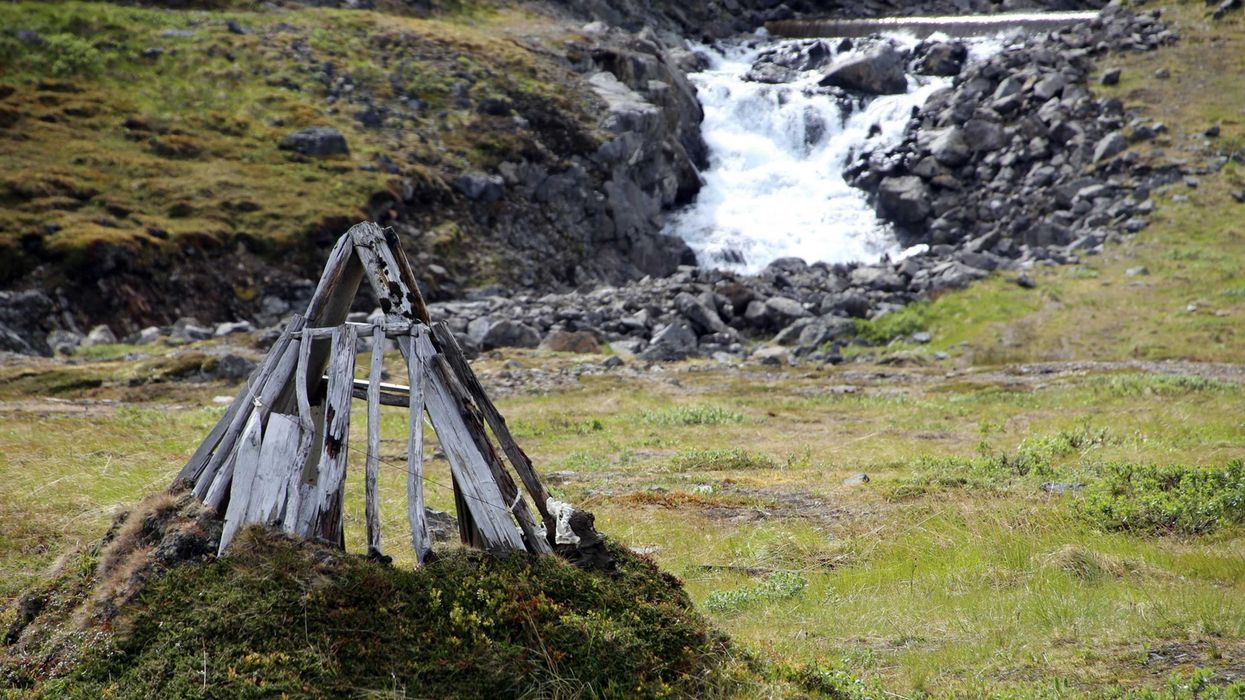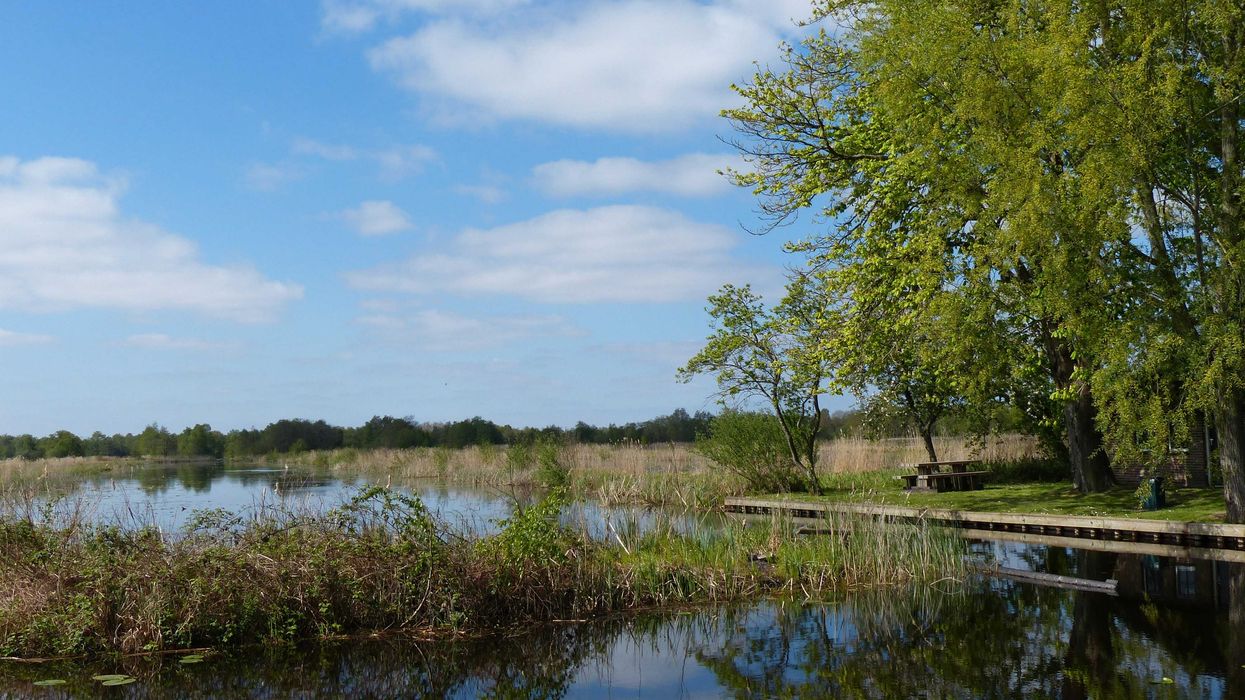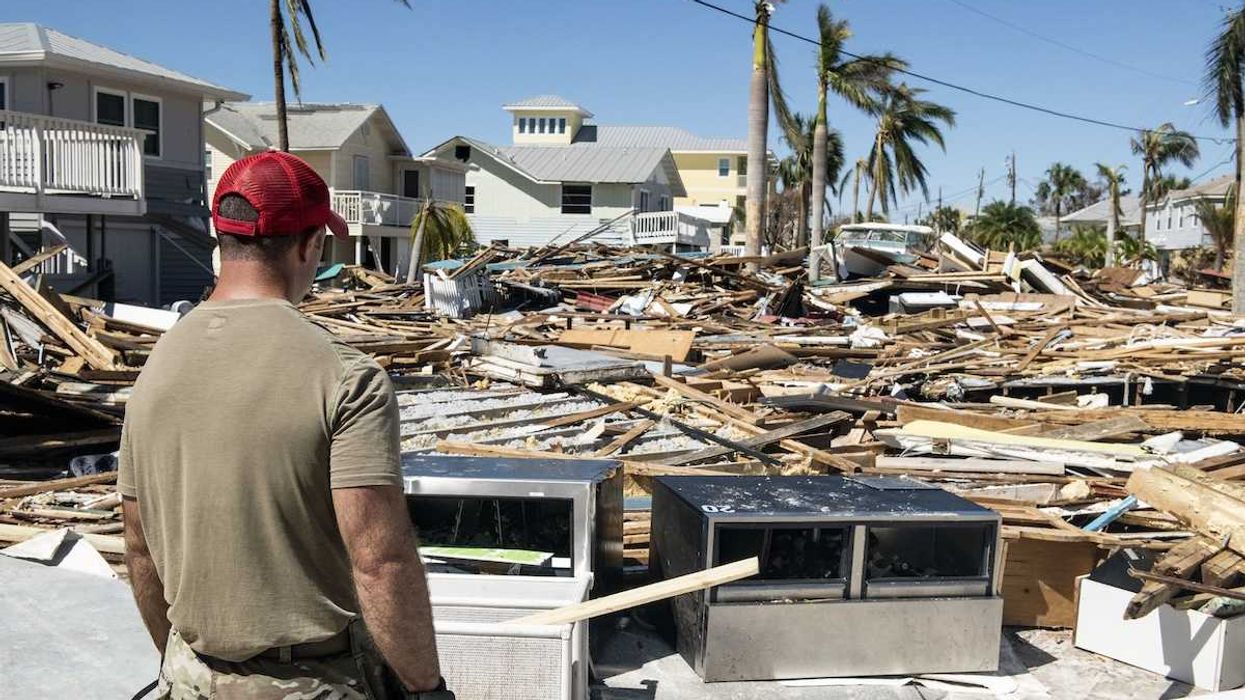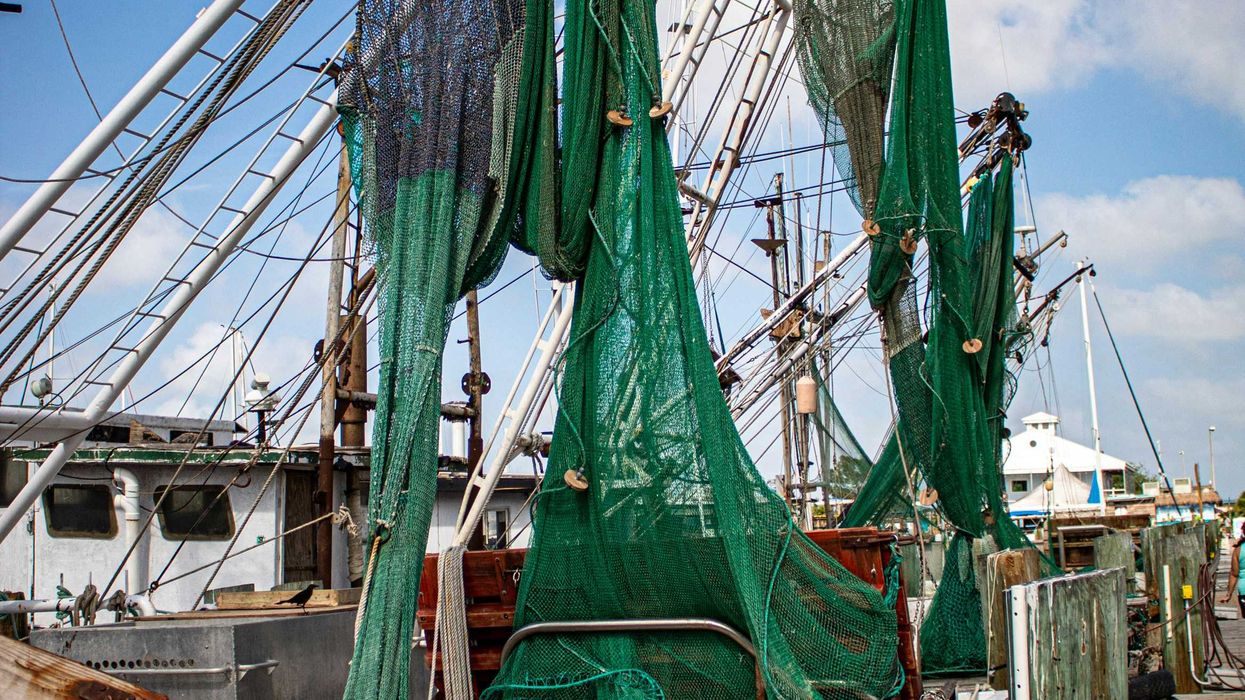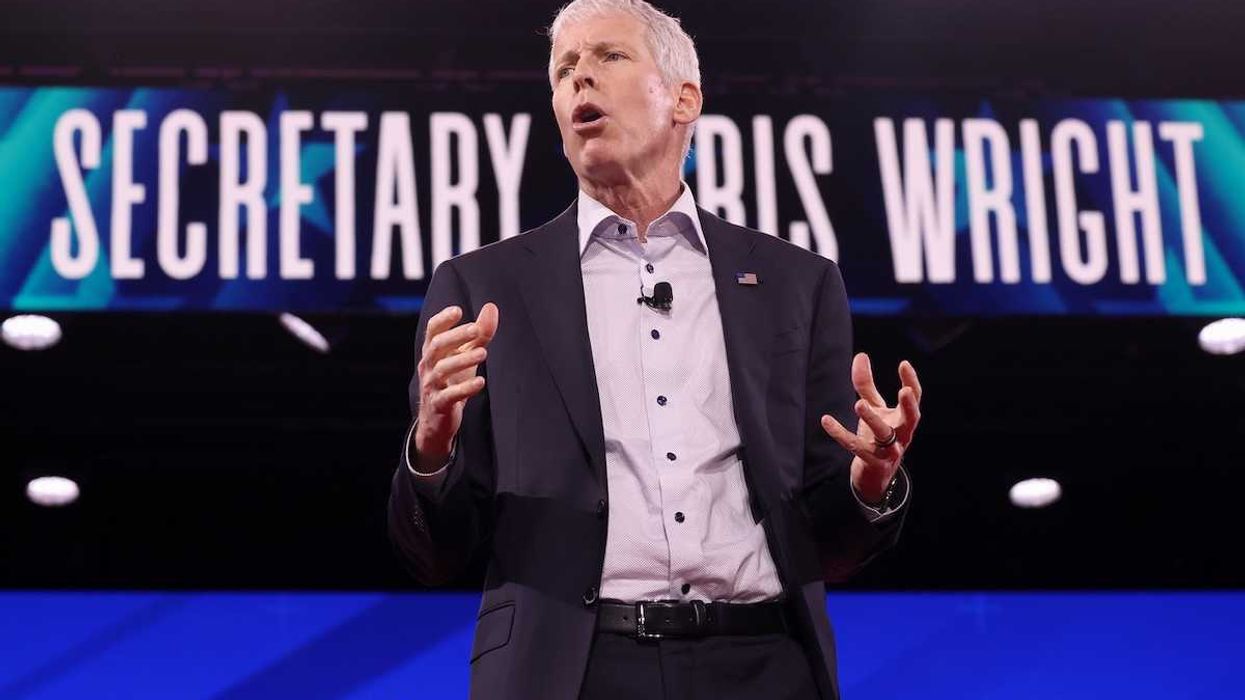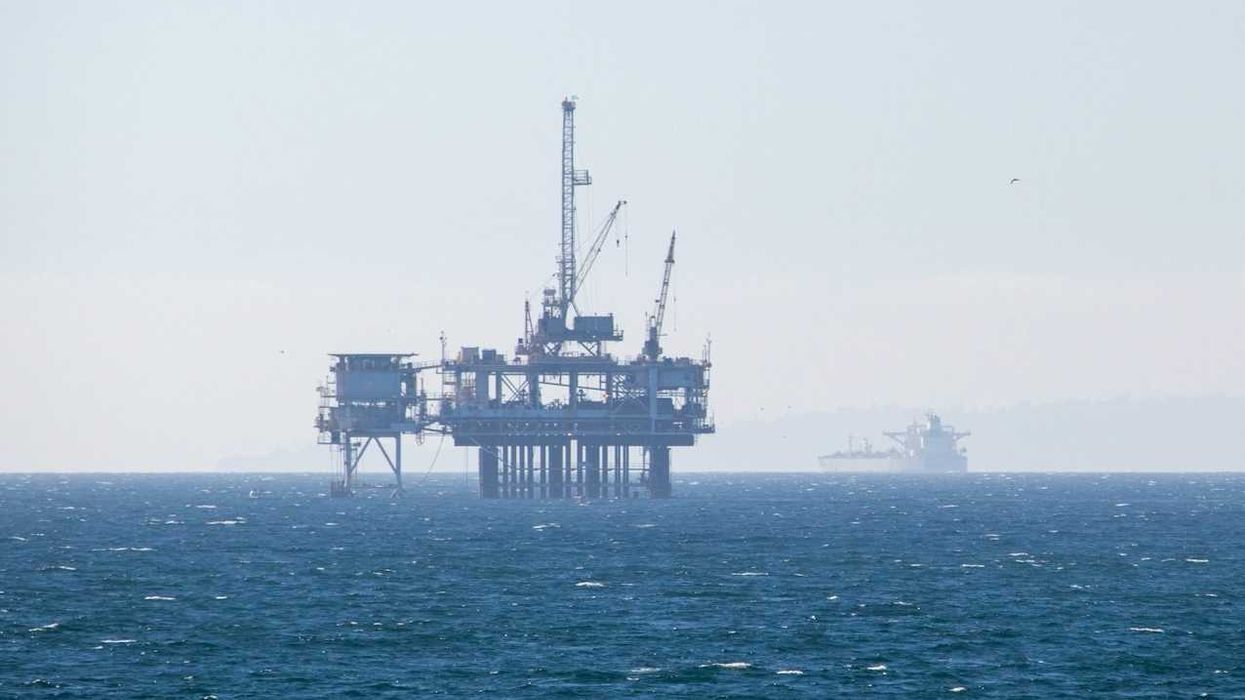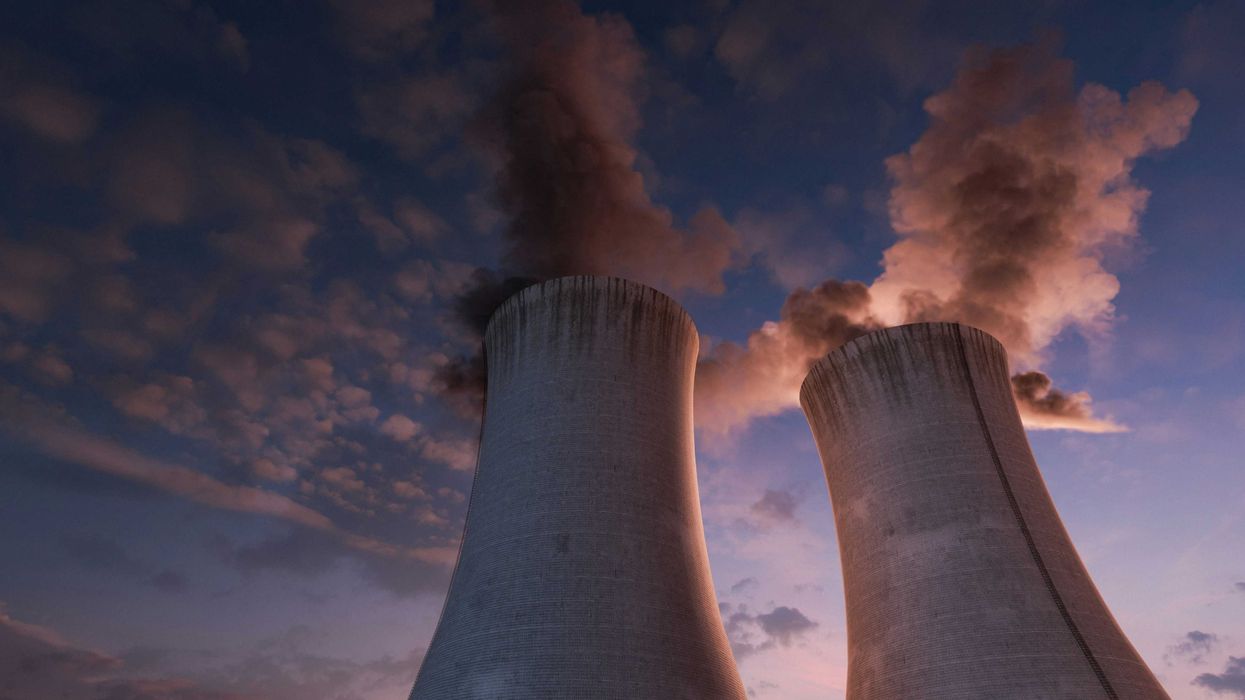A convergence of climate change, urban sprawl, and deteriorating infrastructure has intensified Mexico City's water crisis, pushing it toward a potential "Day Zero" this summer.
James Wagner, Emiliano Rodríguez Mega, and Somini Sengupta report for The New York Times.
In short:
- Groundwater levels are rapidly depleting, and a major reservoir has been taken offline due to low levels.
- The Cutzamala water system, supplying 27% of the city's water, is at a historically low 30% capacity.
- Some neighborhoods face unprecedented water rationing, with more affluent areas now affected.
Key quote:
"We’re suffering because the city is growing immeasurably and it cannot be stopped. There aren’t enough resources."
— Gabriel Martínez, Mexico City resident
Why this matters:
Water shortages in Mexico City, a metropolis of 23 million, threaten public health, economic stability, and social order. As the city's population expands, so does the demand for water, leading to over-extraction of groundwater and subsequent subsidence of the city’s foundation. For residents, this crisis is more than just an inconvenience; it’s a daily struggle. In many neighborhoods, water supply is intermittent at best, forcing families to rely on water trucks or storage tanks. The health implications are dire, as inconsistent water supply can lead to poor sanitation and the spread of diseases.


